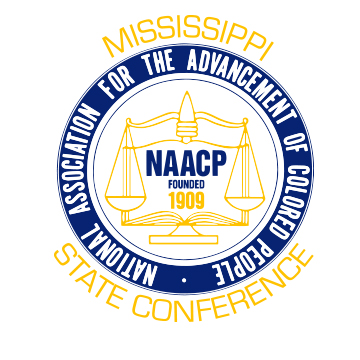Justices Rule That Police Can’t Extend Traffic Stops
The Supreme Court on Tuesday ruled that the police may not prolong traffic stops to wait for drug-sniffing dogs to inspect vehicles.
—“A police stop exceeding the time needed to handle the matter for which the stop was made violates the Constitution’s shield against unreasonable seizures,” Justice Ruth Bader Ginsburg wrote for the majority. The vote was 6 to 3.
The case, Rodriguez v. United States No. 13-9972, started when a Nebraska police officer saw a Mercury Mountaineer driven by Dennys Rodriguez veer onto the shoulder of a state highway just after midnight. The officer, Morgan Struble, performed a routine traffic stop, questioning Mr. Rodriguez and his passenger and running a records check. He then issued Mr. Rodriguez a written warning.
That completed the stop, Justice Ginsburg wrote. But Officer Struble then had his drug-sniffing dog, Floyd, circle the vehicle. Floyd smelled drugs and led his officer to a large bag of methamphetamine. About eight minutes elapsed between the written warning and Floyd’s alert.
Mr. Rodriguez moved to suppress the evidence. Lower courts, relying on a 2005 Supreme Court decision that allowed drug-sniffing dog use during traffic stops, said brief prolongations of those stops to allow for such inspections did not violate the Fourth Amendment.
Justice Ginsburg, who dissented in the 2005 case, Illinois v. Caballes, said that decision had merely “tolerated certain unrelated investigations that did not lengthen the roadside detention.”
“An officer, in other words, may conduct certain unrelated checks during an otherwise lawful traffic stop,” she wrote. But, she added, “he may not do so in a way that prolongs the stop, absent the reasonable suspicion ordinarily demanded to justify detaining an individual.”
The majority sent the case back to a lower court for a determination of whether that reasonable suspicion existed.
Chief Justice John G. Roberts Jr. and Justices Antonin Scalia, Stephen G. Breyer, Sonia Sotomayor and Elena Kagan joined Justice Ginsburg’s majority opinion.
Justice Clarence Thomas dissented, saying the majority had drawn artificial and unworkable distinctions. He was joined by Justice Samuel A. Alito Jr. and, for the most part, by Justice Anthony M. Kennedy.
“If a driver is stopped by a particularly efficient officer,” Justice Thomas wrote, “then he will be entitled to be released from the traffic stop after a shorter period of time than a driver stopped by a less efficient officer. Similarly, if a driver is stopped by an officer with access to technology that can shorten a records check, then he will be entitled to be released from the stop after a shorter period of time than an individual stopped by an officer without access to such technology.”
In a separate dissent, Justice Alito added that much will now turn on the order in which police officers complete their tasks during traffic stops. Issuing a ticket or warning, he said, will now become the last step.
“Most officers will learn the prescribed sequence of events even if they cannot fathom the reason for that requirement,” he wrote. He added, “I would love to be the proverbial fly on the wall when police instructors teach this rule to officers who make traffic stops.”
Justices Thomas and Alito also said that there was no reason to have further proceedings about whether Officer Struble had a reasonable suspicion that justified using Floyd, as they said he had ample reason to be suspicious. There was, they said, an overwhelming odor of air freshener in the vehicle. The reasons Mr. Rodriguez offered for veering onto the shoulder and for his trip were open to question. And the passenger appeared nervous.
“These facts, taken together, easily met our standard for reasonable suspicion,” Justice Thomas wrote.
Source: NY Times



